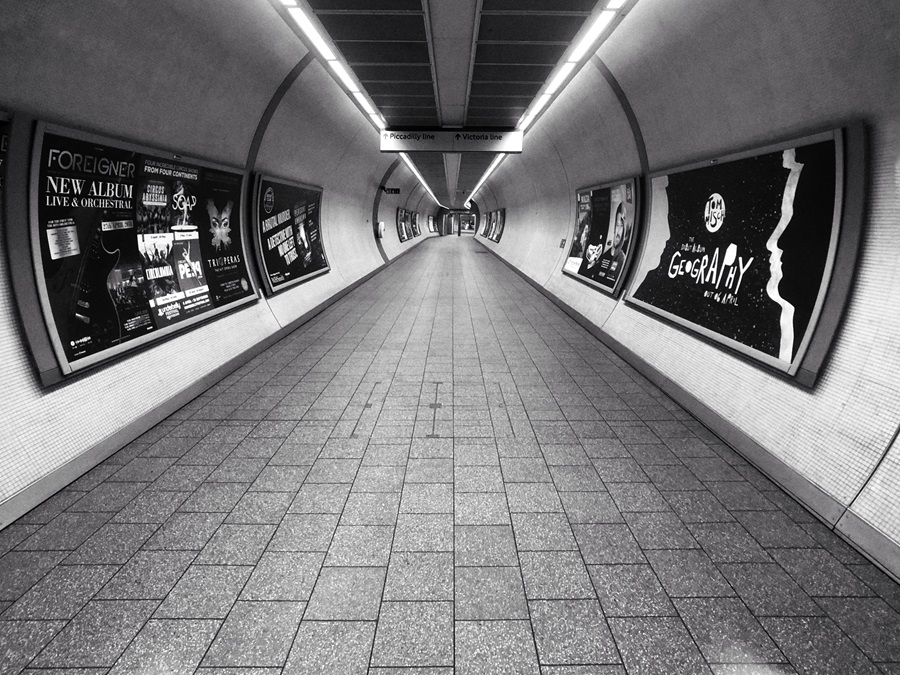Our brains are wired to pay attention to things that stand out, things that evoke emotions and things that are personally relevant. Naturally, you’d say that brands should then create content and campaigns that are entertaining, emotionally engaging, and say something relevant in an engaging and distinctive way.
The benefits of engaging consumers emotionally in advertising are widely recognized. People choose brands they have a meaningful connection with. When a brand’s message is told through a provocative storyline (usually joyful), it creates positive associations. It is only when we make people feel something that those associations build in the brain and create memories around the brand.
Our global Link database for measuring digital video ad effectiveness supports these claims. We see that people choose brands they have an emotional connection with. We also see that digital ads that evoke stronger emotions generate 4 times the impact of low emotion videos. These digital ads are also more likely to drive long-term brand equity and are more likely to go viral. A brand should meet not only functional but also emotional needs in relevant ways to generate meaningful associations in consumers’ minds. And every digital ad is an opportunity to reinforce that. So what drives emotional connections in ads?
Good stories keep attention, make information compelling and become memorable. People are wired to engage with provocative narratives, but we also know that “joy” or positive feelings, increase ad effectiveness. People also respond well to humor. Kantar’s AdReaction study shows that humor is the most powerful enhancer of ad receptivity across all generations. And humor is finally making a comeback – we’ve seen an increase in humor in ads in 2023 and expect the trend to carry through 2024.
When done right, music elevates emotion in ads. Music is a powerful element that, alone, has been proven to trigger 13 distinctive feelings so its impact in advertising is no surprise. It can be used to communicate a tone or mood, to pace the ad, to build suspense, emotion or a payoff. Music that is connected to the message in the ad, can not only help with getting the ad noticed, but also aid overall engagement.
Digital landscape
Today, as advertisers spend over 70% of their total media budgets on digital advertising and one campaign can require hundreds of assets, new ways of creative development and measurement are needed.
AI is transforming the landscape of advertising creativity, providing unprecedented capabilities for measurement, optimization, and customization -- helping brands achieve creative quality in ways that traditional creative research hasn’t been able to achieve alone. Kantar’s AI tools can be integrated with traditional methodologies and incorporate validated frameworks to measure and optimize the elements we know drive advertising success.
There is no one size fits all solution, given the technology we can use:
- We can use AI solutions to measure ideas at the early stage (campaign ideas, early-stage storylines, message testing) which can drive an additional 12% ROI on creative investment.
- When an ad is in rough format such as an animatic or roughcut, we can use AI to measure whether it will breakthrough, hold attention, contribute to brand equity and drive short-term sales in as fast as 15 minutes through Link AI. This speed allows clients and agencies to test iteratively and optimize in real time.
- When we build ad libraries of campaign assets or even competitive ads, we can analyze aggregated creative data to determine creative trends, what drives performance and identify best practices.
More and more we’re integrating creative data into UMMO, our AI powered Marketing Mix Model, to get a fuller picture of what drives ROI in campaigns.
Generative AI will help advertisers achieve mass customization at scale, helping with efficiencies in testing, and aggregating creative data for analysis. The need for more nuanced receptivity drives higher volumes of customized ads now. If we want to drive creative quality to produce a higher ROI, customizing advertisements by channels, by audiences and by media efficiencies will be necessary, creating even higher volumes of asset development. And this is where Gen AI will really help, not only in creating ads, but also in measuring them.
The adoption of this technology will be rapid as well. Kantar Media Reactions tells us that 67% of marketers feel positive about Gen AI. This high percentage of optimism indicates a rapid and exciting adoption of a new technology on a grand scale. Generative AI has transformed the consumer insights industry seemingly overnight, and responding to this challenge requires new ways of thinking and innovating.
At Kantar, we have already started to build Gen AI solutions. We are currently using Gen AI to generate relevant and nuanced summaries from quantitative creative data that we collect. We also use it to summarize open ended text which helps us identify topics and themes. This gives our creative teams more time to develop connected insights across data sets.
Here’s how we see it today
High quality data and proprietary knowledge remain paramount. To be a valuable tool in consumer insights, AI needs to be underpinned by the right data and people. Kantar builds its AI solutions on large-scale and proprietary datasets. Combined with our brand expertise, deep knowledge of the consumer and years of experience with AI, we are ideally placed to help shape the brands of tomorrow with actionable and provocative insights and guidance.
Human artistry and creativity will bring out the best in Gen AI as prompting and nurturing outputs of AI systems will become a prominent role for us all to play. We’ve seen early applications fuel the creative process in new ways as Gen AI creates new styles of storylines, visuals and copy. Personalization will be easier to achieve with Gen AI as concepts can be personalized at scale.
Change management is critical. As we adopt new ways of working using AI, we need to be prepared for rapid change, including a redefinition of roles and responsibilities within our organization. Adjustments to operating models, and mitigation of risks around inaccuracy, security, and regulatory compliance will need to be considered.
As we live in a world of frequent disruption, we know that effective creative keeps iterating. Brands can use ads not just to make statements but to create experiences with consumers, especially in the fluid nature of digital media (think shopping experiences, social experiences, entertainment experiences, etc...). As the shape of creative continues to change, Generative AI will play a pivotal role in ensuring that ads connect with people in meaningful, different and salient ways.
Getting AI right
At our hub for AI-related insights, you’ll find what you need to navigate in this ever-changing world of AI and discover opportunities to shape your brand future.
Like answers to some of these questions we’ve been asked recently:
- How can marketers leverage AI to test more of their advertising faster and drive stronger marketing impact?
- How can AI help marketers take control of their budget and enable tactical decisions?
- How to use AI to ensure that all brand assets deliver a consistent message across touch points and build competitive advantage?
- How can AI-driven technology help marketers build brand equity and predict future performance?
Find our collection of thought leadership on artificial intelligence here.

